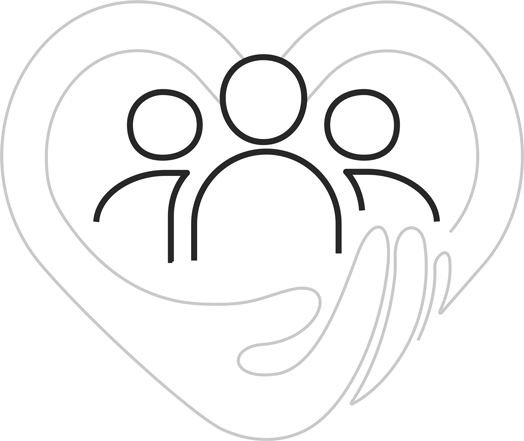PERSONAL HEALTH RECORD (PHR) USER STORIES
PERSONAL HEALTH RECORD (PHR) USER STORIES
As the sole UX practitioner for this project, I created a mobile-experience application that comprised of 6 PHR user stories to assist patients with the essential management of their personal health records. The user stories act as requirements and each story represents a portion of the mobile app. The design process involved several phases that started from hand drawn sketches to clickable prototype for all six user stories.
The prototype adhered to a style guide for font, color, and UI elements. An interactive prototype requirement (RUBRIC) was also used to ensure content and functionality consistency. Throughout the design, radio buttons were used for single use case when only a single option from a list can be selected at a time. All titles were placed in the same position with the same ruled line below them; and also for consistency, all primary call-to-action buttons were placed in the same position throughout the screens. Blue was used as static color and green was used as action color. Approximately six material design icons were used for the prototype that were also consistent throughout all screens.
User Story 1
As a patient, I want to manage essential aspects of my Personal Health Record (PHR) using my mobile device so that I can manage my care while I’m on the go.
USER STORY 2
As a patient, I want a simple way to pay my medical bills online so that I don’t have to interpret complicated paper bills, write checks, or send payments through the mail.
USER STORY 3
As a patient, I want to view my blood test results together with my doctor’s feedback so that I can stay up to date on my results and take appropriate action based on my doctor’s feedback.
USER STORY 4
As a patient, I want to send and receive secure messages to my care team so that I can coordinate my care without having to make phone calls for minor requests or deal with long hold times.
USER STORY 5
As a patient, I want to manage my appointments on my mobile device so that I can set up appointments while I’m on the go.
USER STORY 6
As a patient, I want to quickly and easily request and receive refills for my medications so that I can have continuous access to the medications without having to call my doctor’s office or travel to my preferred pharmacy to request refills.
Concluding Thought
Building the prototype for the 6 PHR User Stories was like a marathon and building each story was a sprint. My goal for each sprint was to have each story as its own application that should work independently by itself. The interactive prototype adhered to the relevant RUBRIC requirements:
1. Safe Exploration: the design provides emergency exit to allow user control & freedom.
2. Consistency, Standards, Conventions, and Patterns: the prototype follows common interaction design conventions.
3. Organization, Layout, Hierarchy, Navigation: the prototype has clear organization, information architecture, and layout.
4. Copyediting, Style, and Tone: copy is written in appropriate style and uses a tone appropriate for the users.
5. Progressive Disclosure, Onboarding, Instant Gratification: the design is clean and user-friendly to accomplish most important goals with ease.
6. Animation, Motion, Interactivity: no animation for the prototype.
7. Feedback: confirmation for a new message or refill sent indicates progress.
8. Ergonomics: the prototype adheres to the 7 principles of Universal Design.
9. Images and Icons: the prototype uses a consistent set of intuitive icons with clear meaning.
10. Aesthetics, Color, and Typography: the aesthetic qualities of the prototype are appropriate for the users.

